 Tweet
Tweet“If I had only one more round to play, I would choose to play it at Pebble Beach. I’ve loved this course from the first time I saw it. It’s possibly the best in the world.”
— Jack Nicklaus
I love Pebble Beach best in the world for all I am Japanese. Whoever especially has played there even once would get an memorable experience as a golfer.
Pebble Beach not only is a great golf course but has great restaurants and bars. So this time let’s explore the distinctive features of golf course restaurants in Japan and compare them to their American counterparts.
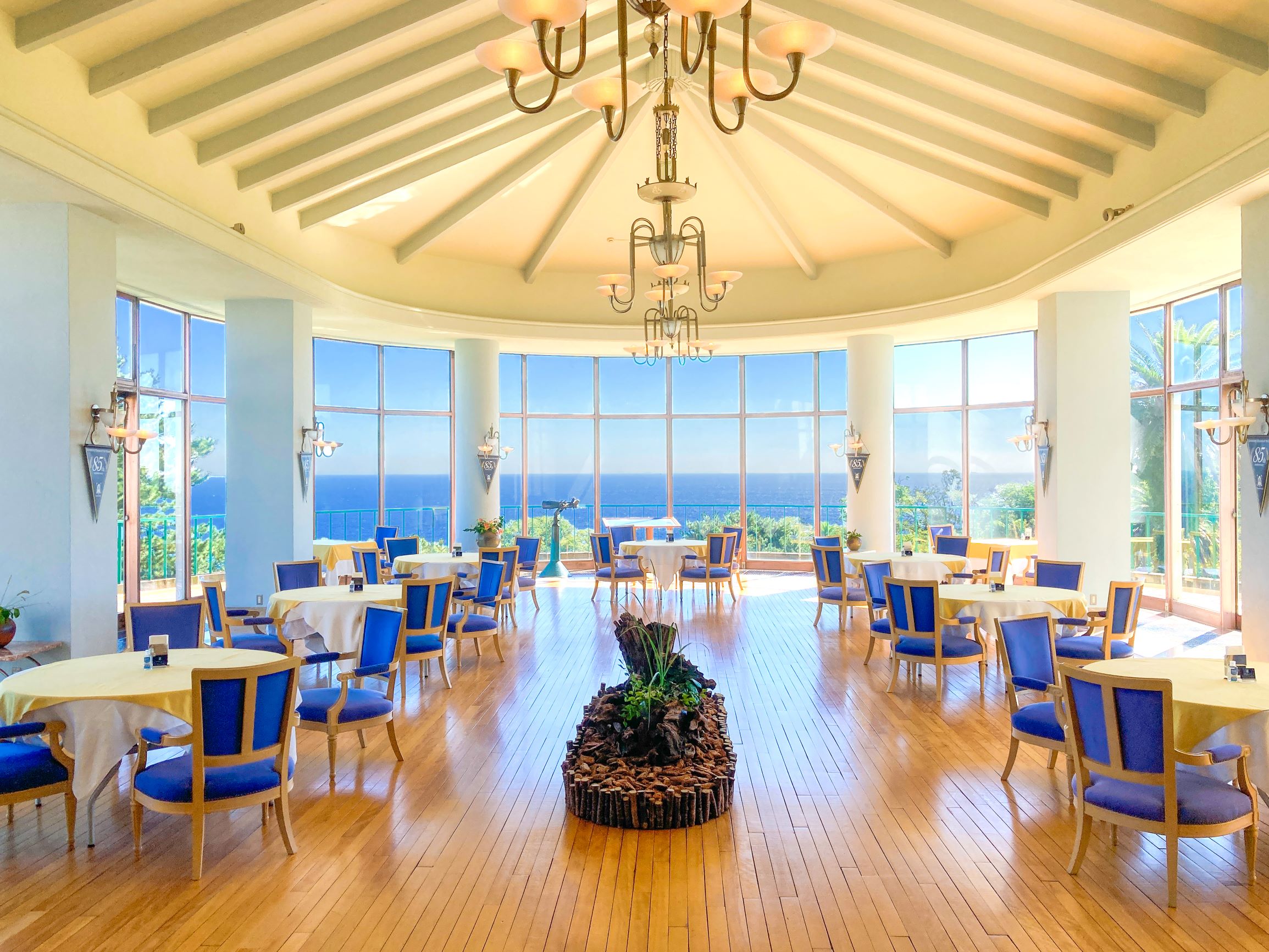

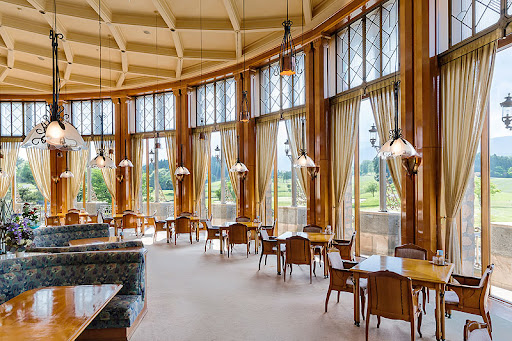
Japanese Golf Course Restaurants: A Culinary Adventure
Unlike specialized restaurants, golf course restaurants offer a unique advantage: they are not bound by a specific cuisine genre. While other restaurants often focus on specific types of dishes (such as sushi, ramen, or French cuisine), golf course restaurants have the freedom to provide a diverse range of menus. From Japanese, Western, and Chinese dishes to ramen and curry, these restaurants cater to various tastes without being pigeonholed into one specialty. This versatility allows chefs to create new dishes based on customer requests, fostering a creative and dynamic culinary environment.
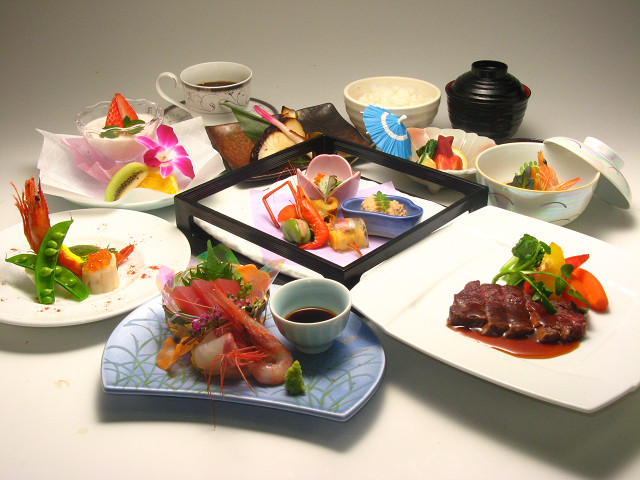
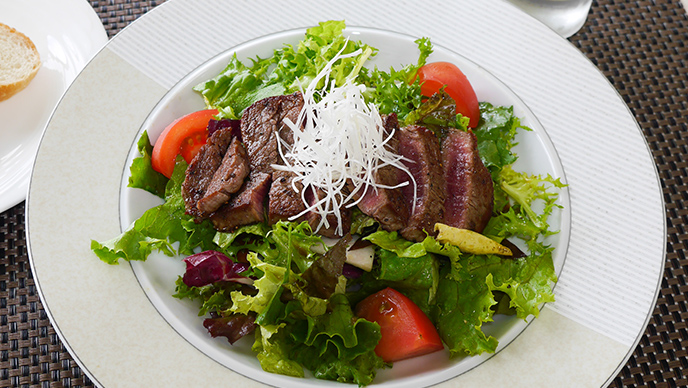

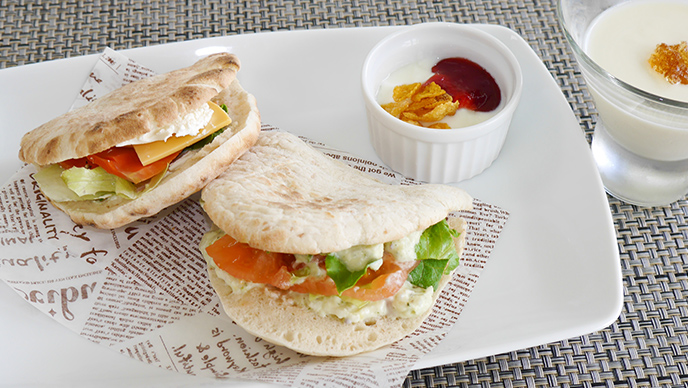
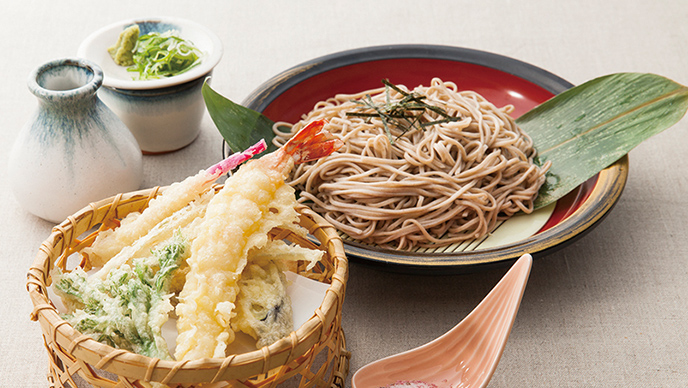
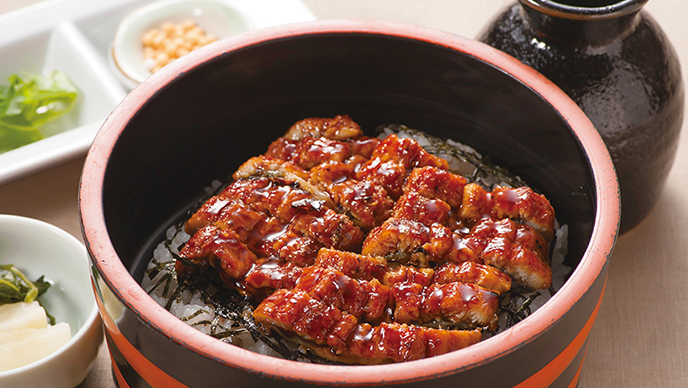
1. The Price Point: Highs and Lows
Japanese golfers often find themselves pondering the same question: “Why are golf course meals so expensive?” While these restaurants indeed offer luxurious and delicious fare, lunch prices can be quite steep (ranging from ¥1500 to ¥2000). Even the most basic menu items start at around ¥1200 to ¥1300, with ramen, curry, and set meals like Japanese ginger pork (Shogayaki) hovering around ¥1700. Specialty dishes featuring local ingredients can even exceed ¥2000.

The reason behind these elevated prices lies in the relatively low customer volume. Despite appearances, most golf courses operate with only around 50 groups (approximately 200 people) per day on an 18-hole course. Consequently, staffing the kitchen and serving staff for each dish drives up the per-item cost. While it might seem logical to reevaluate expenses based on the fixed customer count, many Japanese golf courses cater to members who willingly accept the higher prices, leaving visitors (non-members) with little choice but to follow suit.
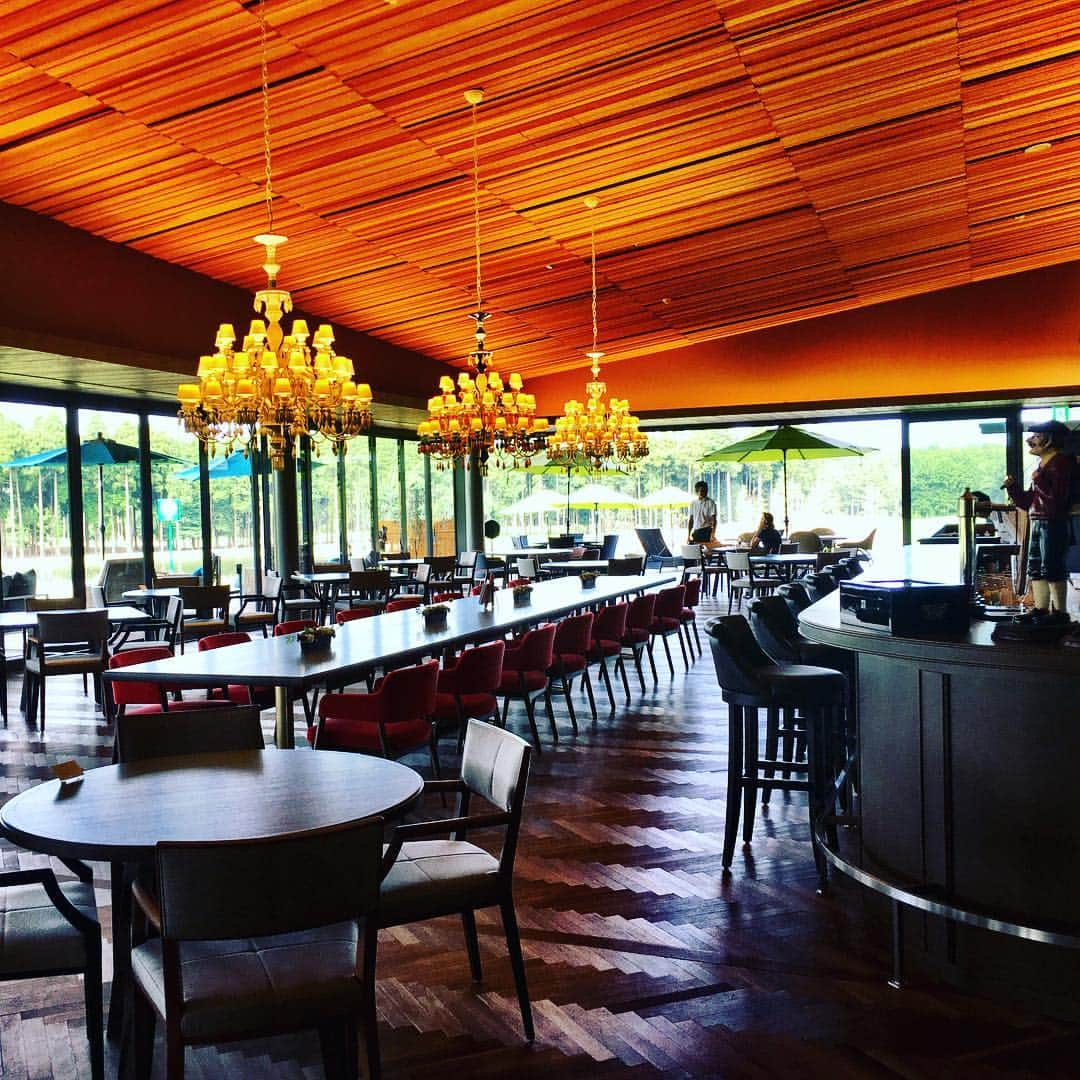
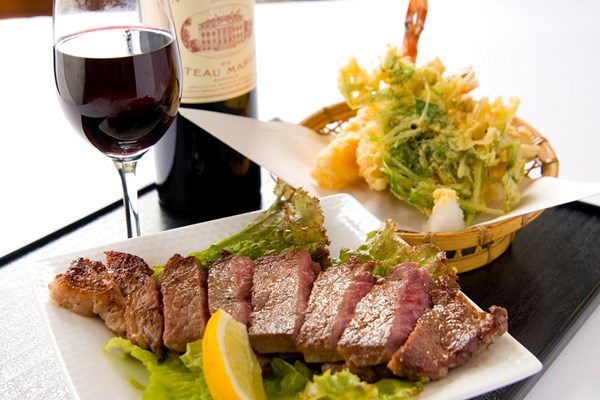

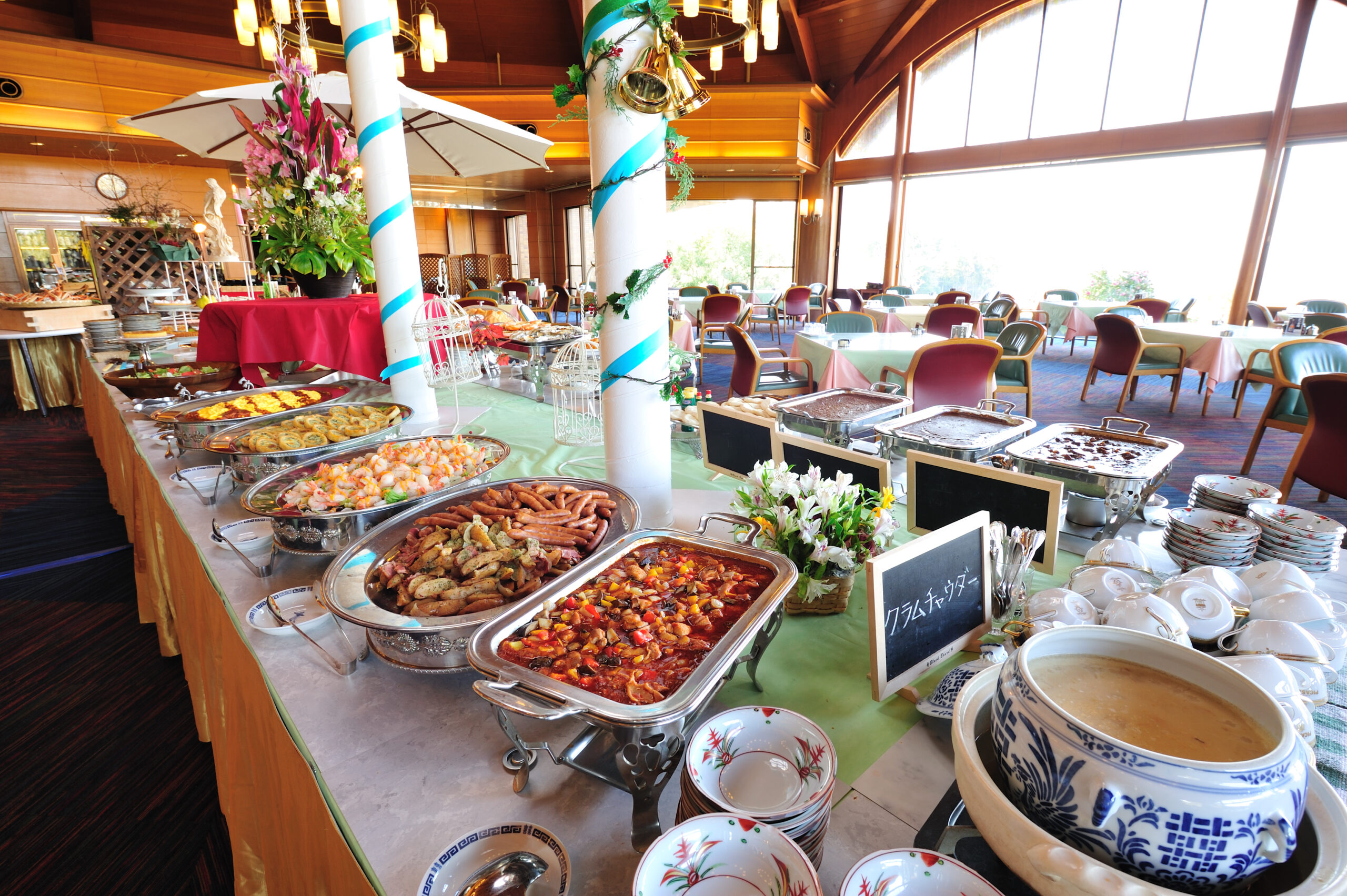
2. Innovations and Challenges
During the golf course management transition period from 2000 to 2005, some courses experimented with cost-effective solutions. One popular trend was the introduction of lunch buffets. These buffets allowed efficient preparation of a variety of dishes, satisfying golfers’ appetites while maintaining reasonable prices. Unfortunately, the COVID-19 pandemic has made buffet-style dining less feasible due to hygiene concerns; however, that has now resumed as local governments around Japan have lifted COVID-19 restrictions. Enjoy the buffet style service, why don’t you?
Additionally, some courses now offer lunch plans that include items priced below ¥1500. By clearly indicating that dishes beyond this price point incur an additional charge (usually around ¥200), golfers can enjoy higher-priced options without hesitation. This approach remains in practice at several golf courses today.
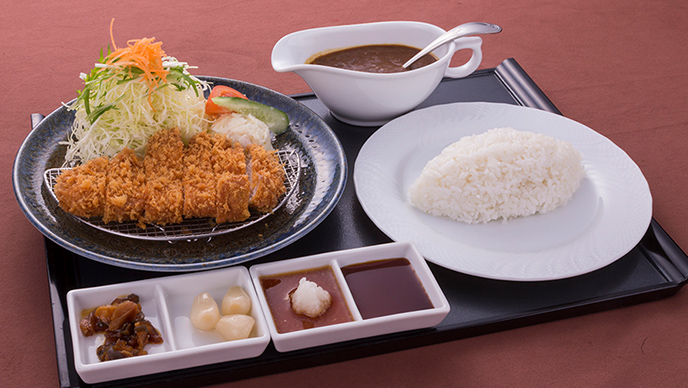
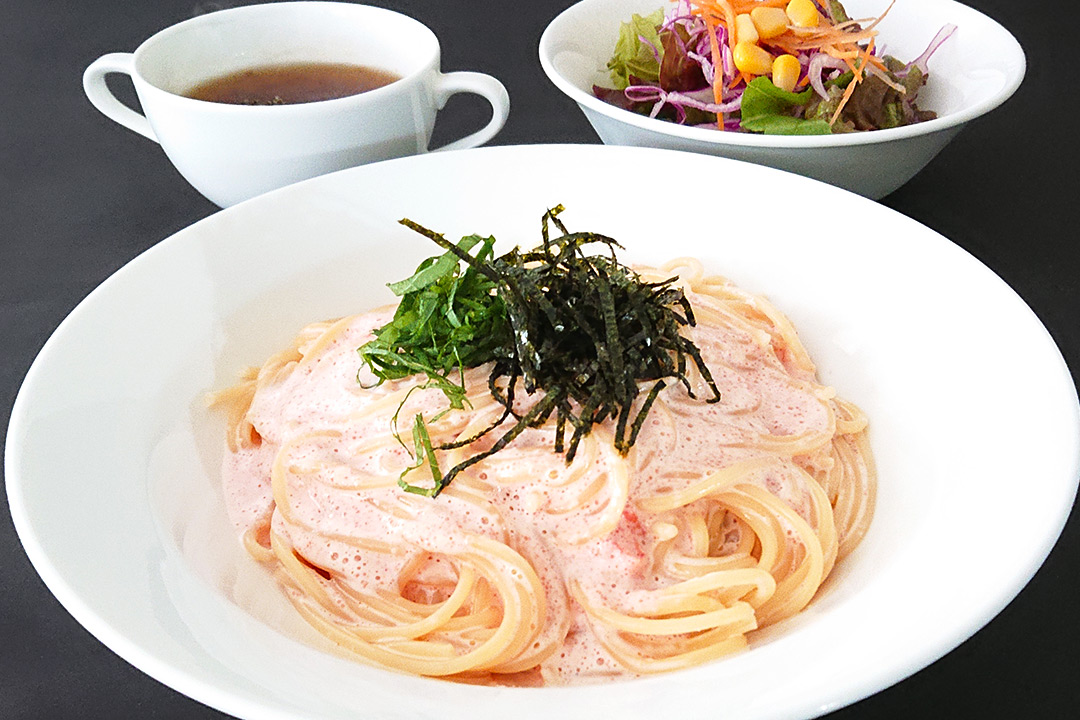
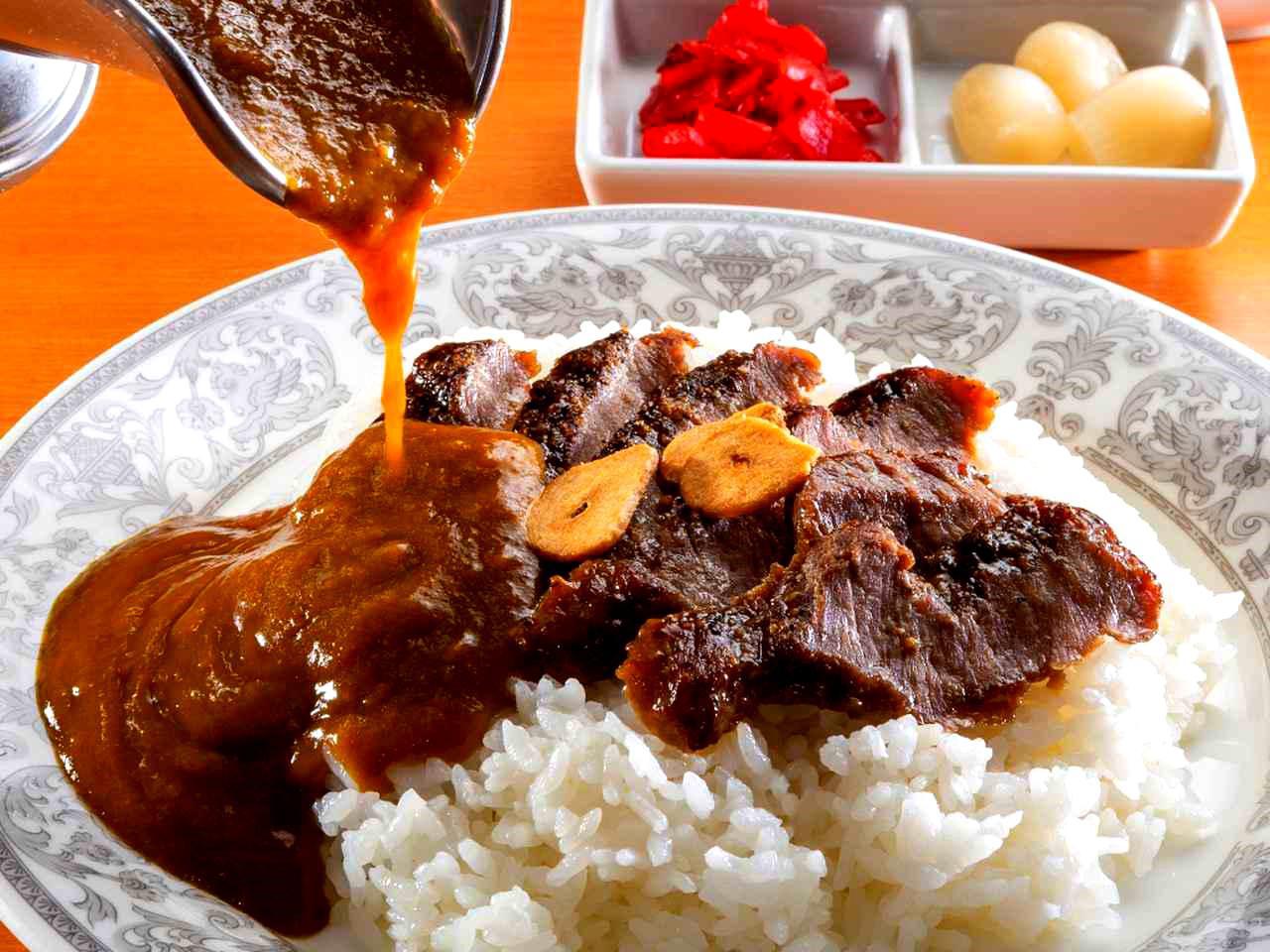
3. Japan vs. America: A Contrast in Dining Styles
In Japan, it’s customary to enjoy a meal during the break between the front and back nine holes. The clubhouse restaurant experience is integral to Japanese golf culture. However, overseas, particularly in the United States, the focus is on continuous play. Golfers often bring their own snacks or purchase light refreshments from mobile food carts on the course. Post-game dining is optional, and there’s no strict requirement to use the clubhouse restaurant.
Japanese golf courses do not offer food cart services; instead, they have food and drinks concession stands called Chamise located halfway through a front and back 9.
Service Matters: Speed is crucial in Japan golf course dining. Staff must promptly serve meals within limited time frames—typically around 40 minutes to an hour—between the front and back nine holes, simultaneous delivery of meals to all members at a table is essential. Engaging with customers through friendly conversations—asking about their game or recommending menu items—enhances the overall dining experience.
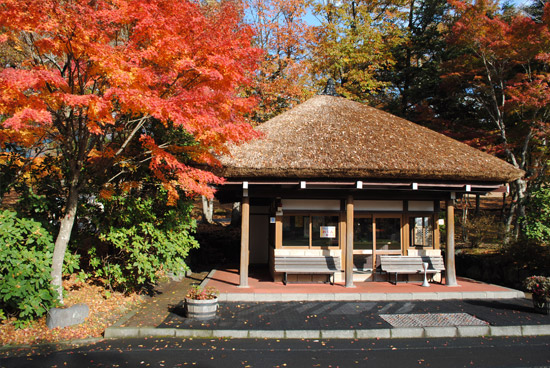
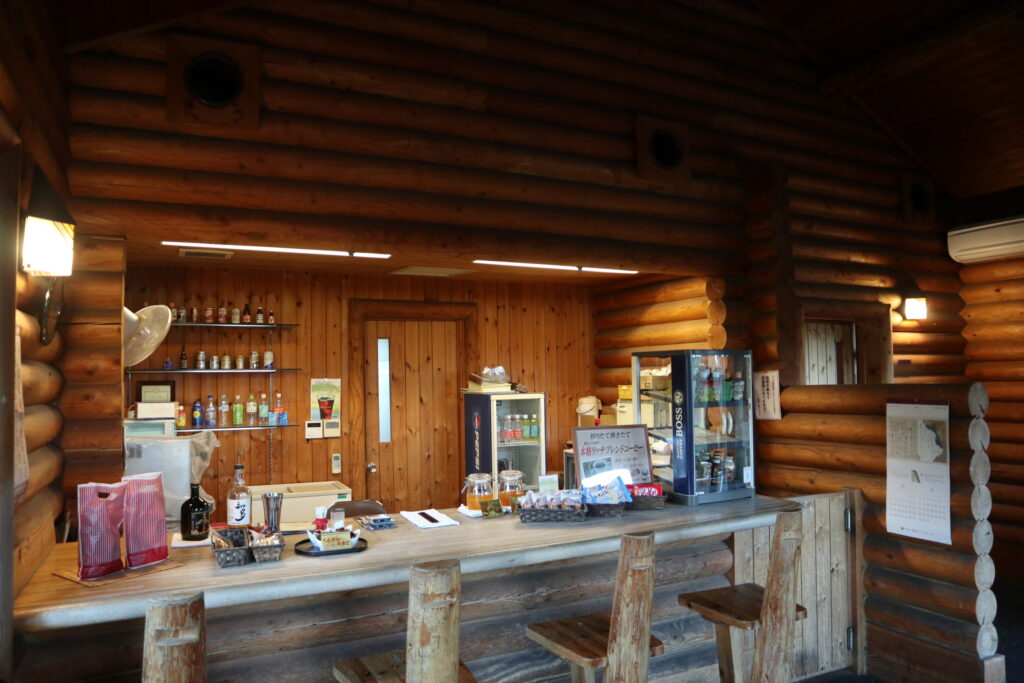
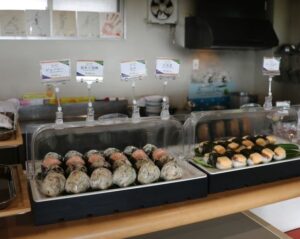
4. Beer & Drinks Equality, Please!
One peculiar observation: the price of non-alcoholic beer is often the same as regular beer. Perhaps it’s time for golf courses to consider offering soft drinks and non-alcoholic beverages at more accessible prices, allowing golfers to quench their thirst without breaking the bank.
In summary, Japanese golf course restaurants offer a unique blend of luxury, flavor, and tradition. While the cost may raise eyebrows, the experience is undeniably memorable. So, whether you’re savoring a bowl of ramen or indulging in a local delicacy, remember that golf course dining is about more than just food—it’s an essential part of the game.
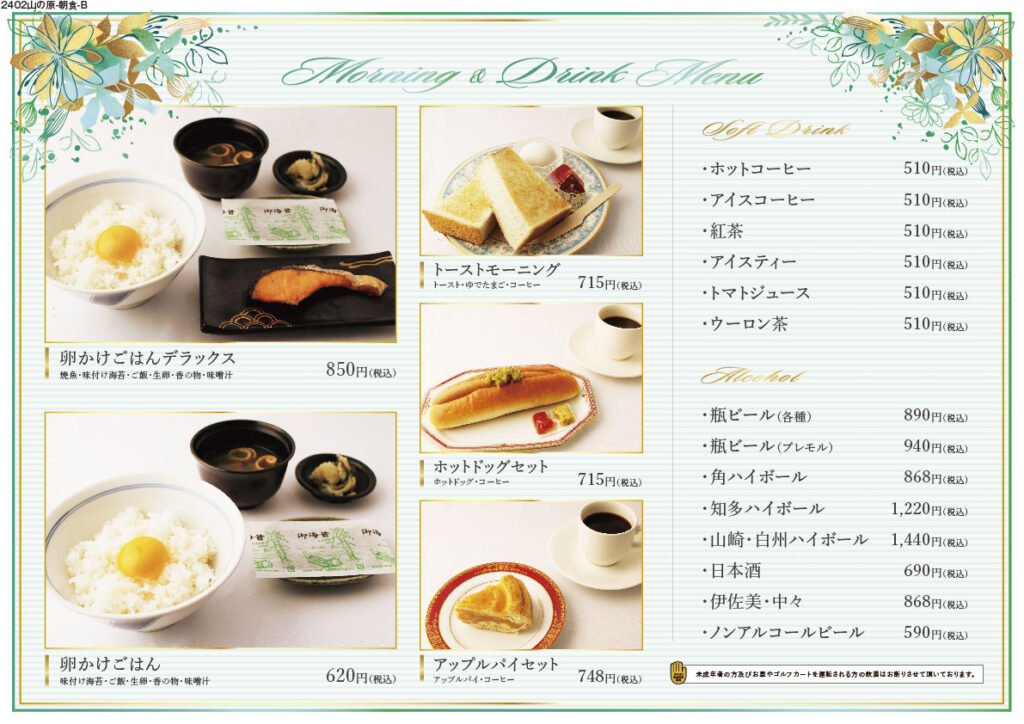
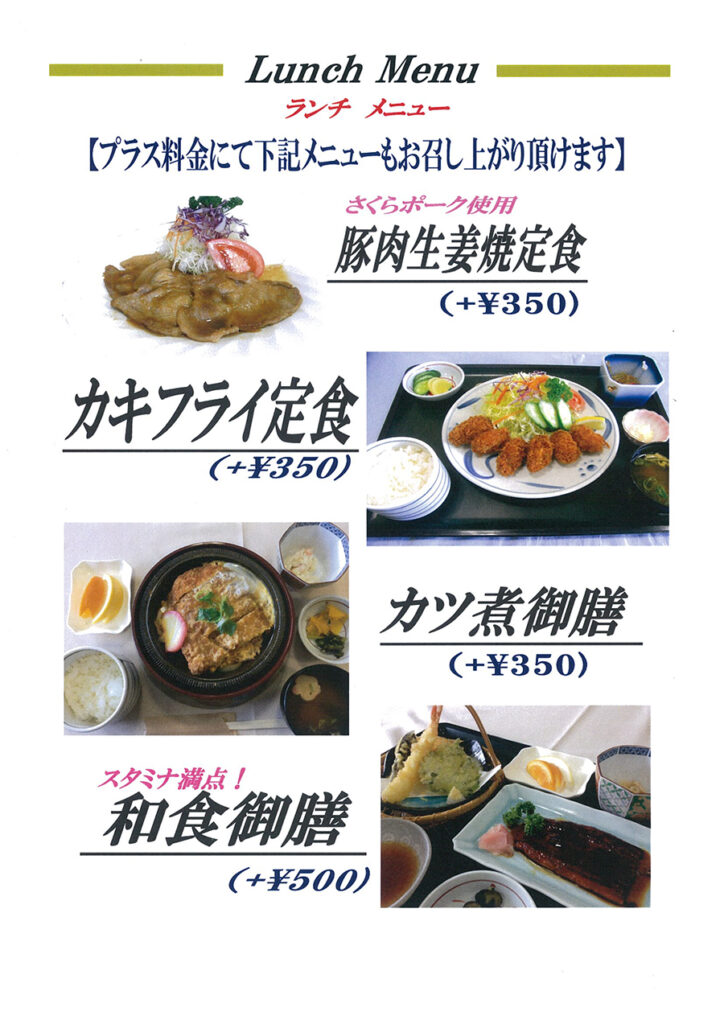
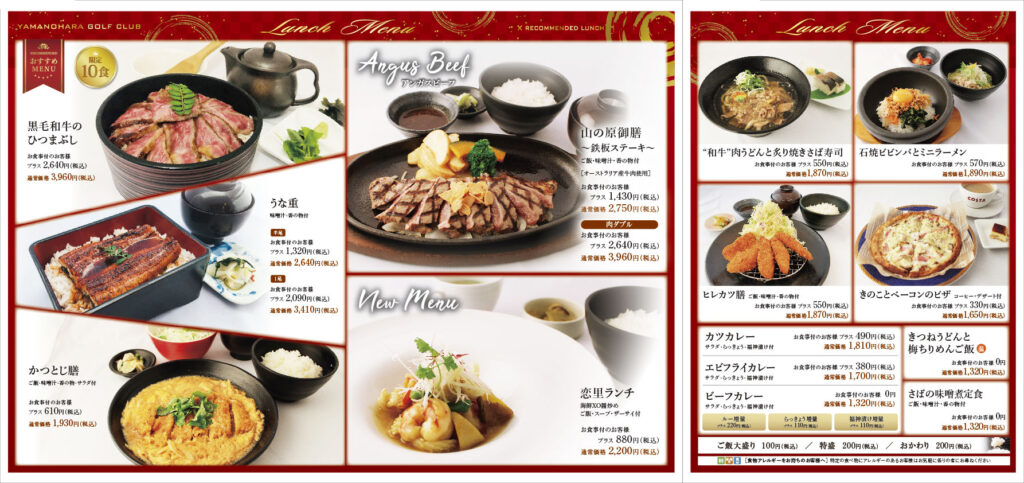
I hope this blog post provides valuable insights into the captivating world of Japanese golf course dining. If you have any further questions or need additional information, feel free to ask! 🏌️♂️🍽️
Tweet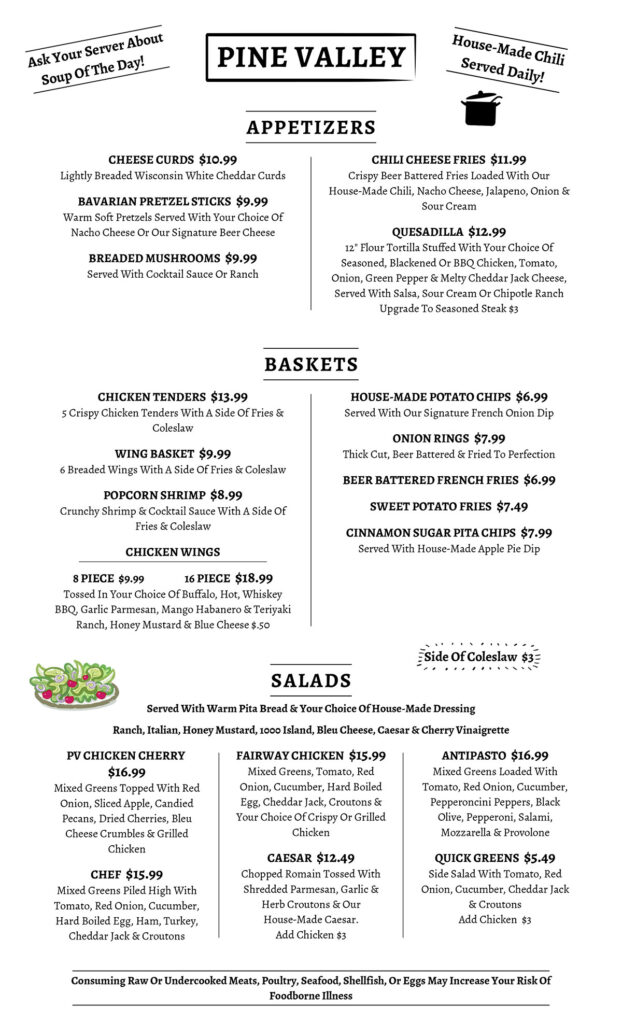




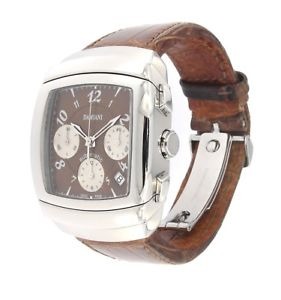









I'm back in my 30s! This Maca is a good bargain.